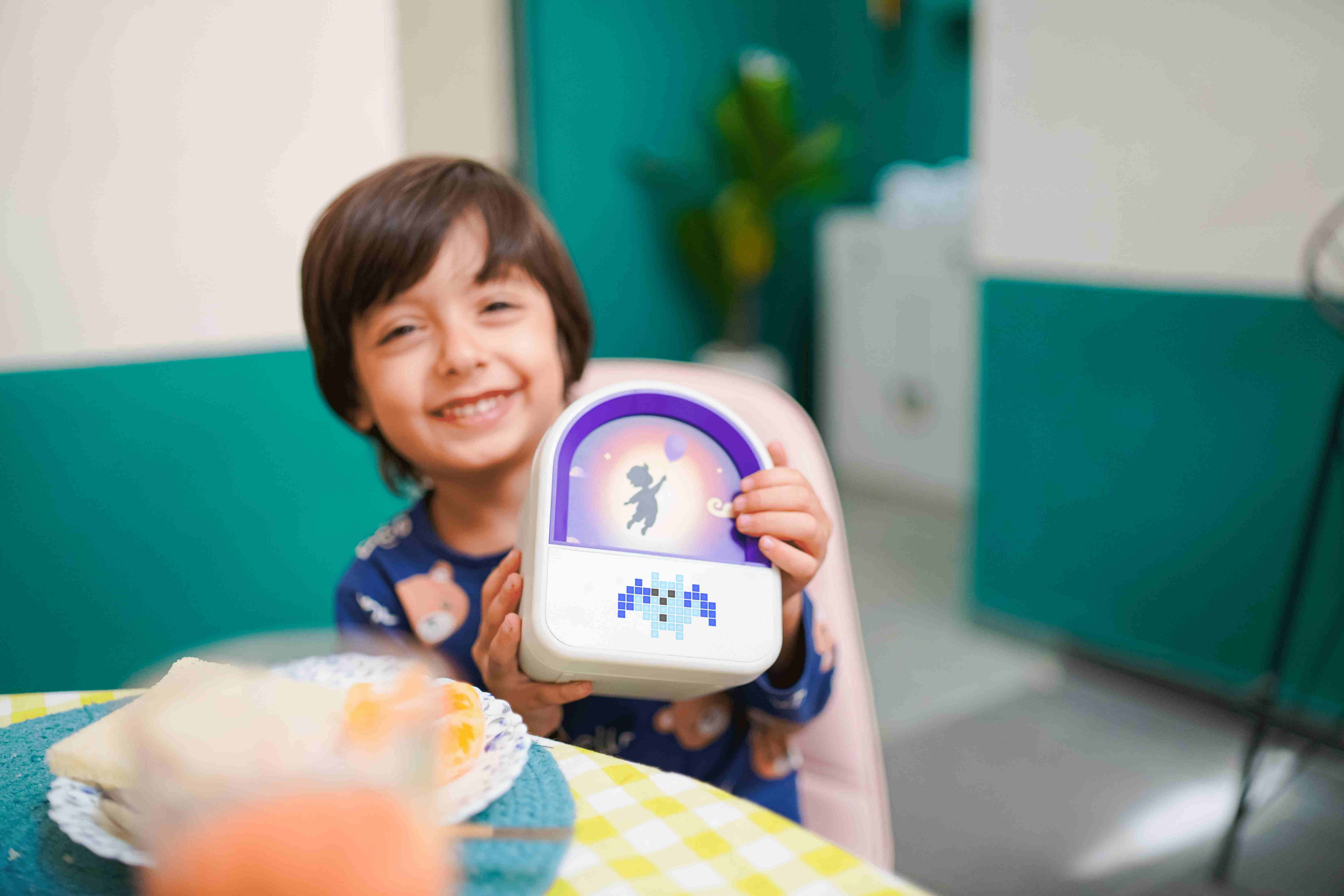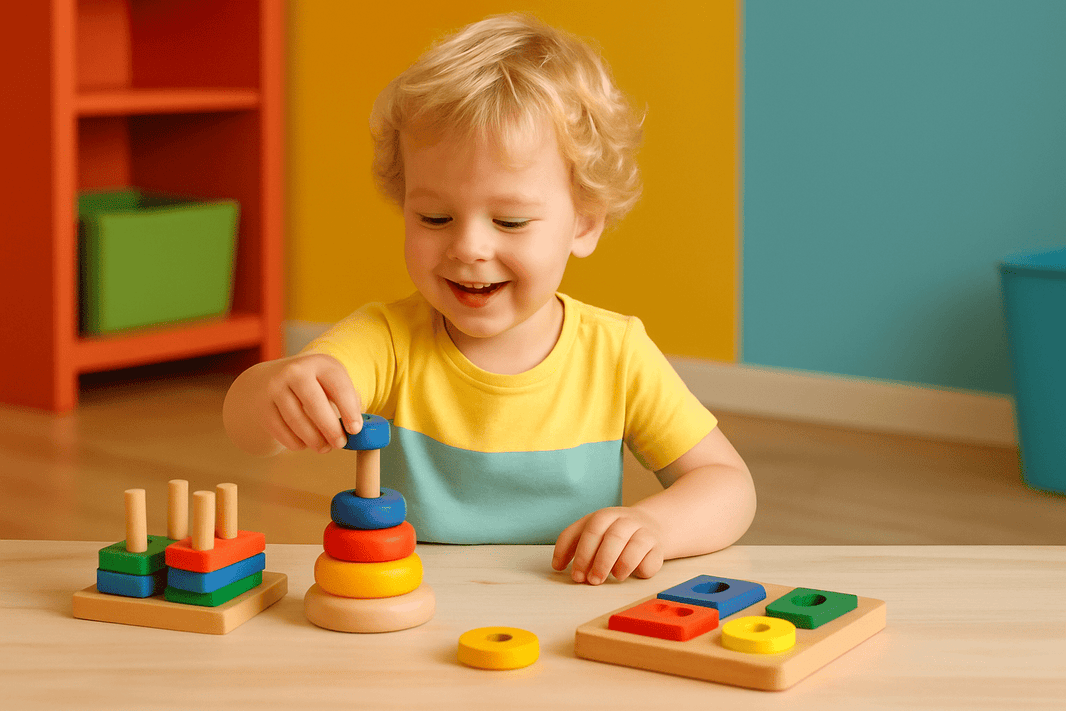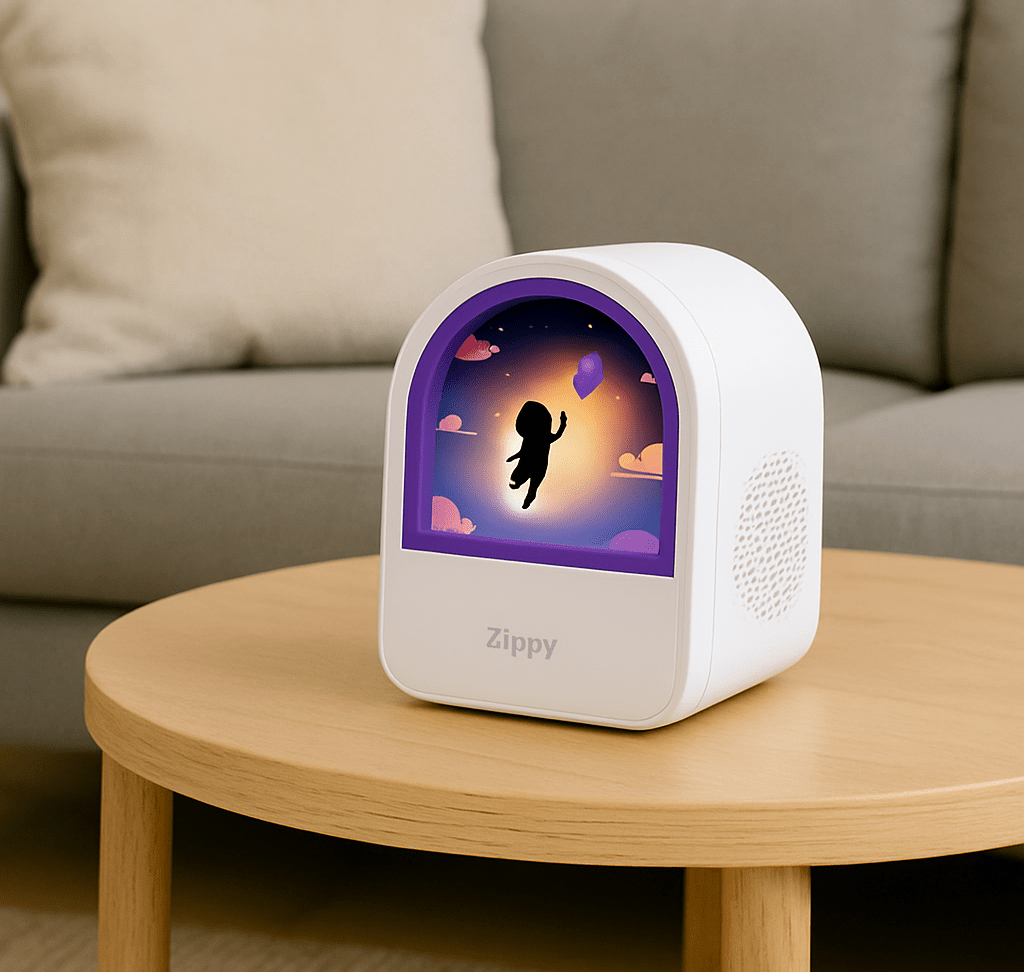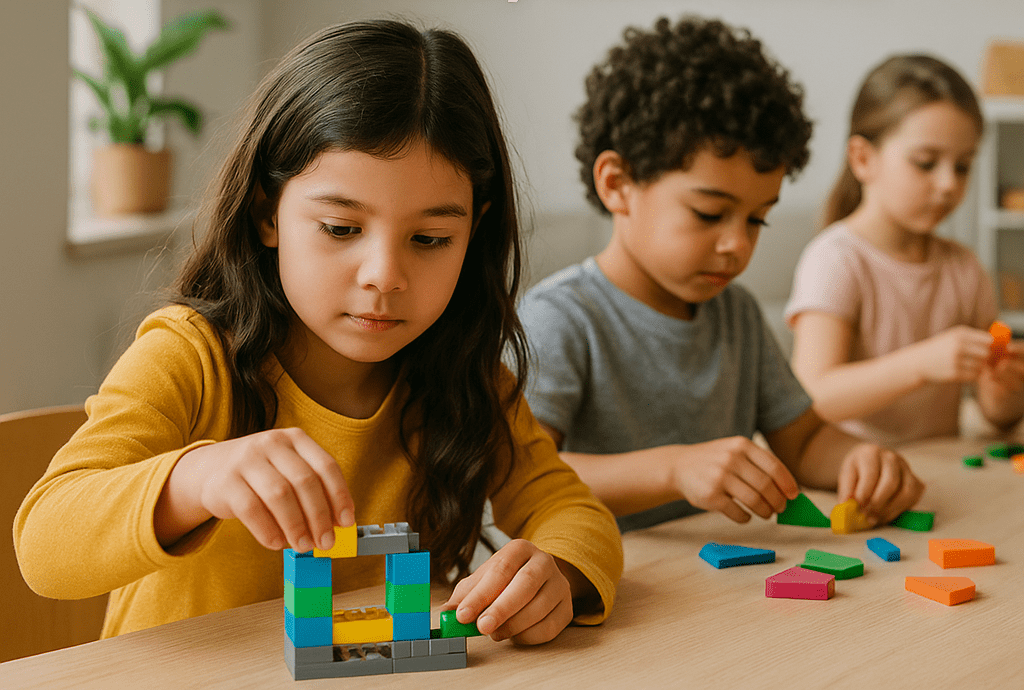Being a parent these days feels like walking a tightrope. I remember one evening last week, my son was glued to a tablet, watching one cartoon after another. I asked him to take a break, and he groaned, “But I’m almost done!” I knew I had to find another way to keep him engaged, something that was fun and entertaining but didn’t involve a screen.
That’s when I discovered the magic of screen-free learning toys. Our children have toys with which our kids get bored very easily. But these toys let children explore, imagine, and learn without depending on tablets, phones, or TVs. They turn playtime into something meaningful and hands-on and the best part? Kids love them.
In this guide, I’ll share why these toys matter, how to choose the right ones, and which learning toys my family and many families trust.
Why Screen-Free Learning Toys Matter
I’ll be honest: managing screen time is hard especially for kids. Screens are everywhere, and sometimes it feels easier to hand over a tablet than play with toys on the floor. But research shows that too much screen exposure can affect attention, sleep, and even emotional growth in kids.
The problem isn’t that all screens are bad, my daughter loves educational apps but most screens encourage passive watching. Kids watch characters solve problems instead of doing it themselves. They swipe to the next video instead of finishing a puzzle or telling a story.
Screen-free learning toys fix that. They encourage children to think, touch, and create. For example, my son spent an afternoon building a tower with magnetic tiles. He was experimenting with shapes, testing balance, and figuring out why some structures fell. That’s learning disguised as play.
How Play Helps Kids Grow
Play is not “just fun.” It’s actually the foundation of learning. Neuroscientists and child psychologists agree that hands-on play strengthens brain connections, helping kids with memory, planning, and emotional regulation.
Here’s what I’ve noticed with my own children:
-
Motor Skills: Stacking blocks or threading beads improves coordination. My daughter used to fumble with tiny pieces, but after a few weeks of playing with craft kits, she’s much steadier.
-
Language Skills: Storytelling toys or audio players introduce new words naturally. My son recently started using words like “adventure” and “imagine” after listening to Zippy Player stories.
-
Creativity: Open-ended toys let kids invent their own games. One afternoon, my children turned a cardboard box into a castle and acted out a rescue mission—no screens involved.
-
Social Skills: When toys allow group play, kids practice sharing, taking turns, and teamwork. I watched my kids negotiate roles in a pretend-play kitchen set, learning compromise in the process.
In short, the right play is like a workout for the brain.
Common Concerns Parents Have
When choosing kids toys, we usually wonder:
-
Is it really educational?
Some toys look like learning toys but are mostly flashy distractions. Toys with too many lights or noises can overstimulate and reduce real engagement. -
Will my child enjoy it?
I’ve bought toys that seemed amazing online but were abandoned within days. The toys that work are the ones my kids return to over and over, like puzzles or story players. -
Is it safe and age-appropriate?
My youngest tried to put a small piece in his mouth once. That’s why I check age recommendations and materials carefully. Safety matters.
The ideal toy is fun, educational, and safe—a balance that’s worth spending time to find.
How to Pick the Right Screen-Free Learning Toy
Here’s what I’ve learned:
1. Choose Open-Ended Toys
Toys like blocks, magnetic tiles, or storytelling cards allow children to use their imagination hence increase creativity. My kids will play with the same set in completely different ways every day.
2. Encourage Thinking
The best toys get children to think, not just watch. Puzzles, quizzes, and audio story players like Zippy Player engage their minds. My son listens to a story, pauses it, and guesses what happens next—he’s thinking critically without even realizing it.
3. Match Toys to Age
A three-year-old plays differently than a seven-year-old. My experience shows that toys too advanced frustrate children, while too-simple toys bore them. Some learning toys, like Zippy Player, adapt to different ages and keep play interesting.
4. Focus on Quality, Not Quantity
I once bought a box of 50 cheap toys. Most ended up in a pile. A few durable, versatile kids toys give far more learning and engagement.
5. Support Independent Play
Toys that children can explore alone build confidence. I’ve seen my daughter play with Zippy Player for over 30 minutes, choosing stories on her own. It gives me a moment to catch up on emails, and she feels proud she did it independently.
Examples of Screen-Free Learning Toys That Work
Here are some we’ve tried and loved:
-
Audio Story Players: Devices like Zippy Player give hundreds of stories, songs, and quizzes. They help kids listen, imagine, and learn in the most joyful way.
-
Building Toys and Puzzles: Improve patience, logic, and problem-solving. My son completed a 100-piece puzzle for the first time last week. It was a huge confidence booster for him.
-
Art and Craft Kits: Encourage creativity and fine motor skills. One rainy afternoon, my kids spent hours decorating cards for grandparents.
-
Pretend Play Sets: Kitchen sets, doctor kits, or dolls teach social skills. My daughter loves hosting “tea parties” with her dolls, practicing politeness and empathy.
-
Board Games: Teach strategy, teamwork, and patience. Family game nights became a way to bond and teach patience plus, my kids actually like losing now!
Real Benefits I’ve Seen
From personal experience and research:
-
Better Focus: Kids who play with physical toys concentrate better in school and at home.
-
Improved Emotional Skills: Role-play helps children express and process feelings.
-
Stronger Language Skills: Listening to stories builds vocabulary naturally.
-
Parent-Child Connection: Playing together creates meaningful memories, not just screen time.
Setting Up a Screen-Free Play Corner
It doesn’t take much space to make a difference:
-
Pick a quiet, well-lit spot.
-
Keep toys organized and rotate them regularly.
-
Include an audio player like Zippy Player to encourage listening and imagination.
-
Dedicate daily screen-free time—after school or before bed works well.
Making Screen-Free Play a Habit
I won’t lie: some days screens are easier. But even replacing a single TV session with fun and educational toys makes a difference. Gradually, my kids started choosing screen-free learning toys on their own because they were more engaging than mindless screen time.
Why Zippy Player Stands Out
Zippy Player is a screen-free learning toy that works for modern families:
-
Imagination-Focused: No overstimulation, just stories and learning.
-
Safe, Curated Content: Age-appropriate songs, quizzes, and stories.
-
Independent Use: Kids can choose what they want to listen to.
-
Grows With Your Child: New content keeps them engaged for years.
Parents love it because it combines fun and educational play in one device.
Final Thoughts
Toys aren’t just for keeping kids busy—they shape how they think, solve problems, and interact. In a world full of screens, screen-free learning toys give children a chance to explore, imagine, and grow.
Whether it’s building blocks, pretend play, or a Zippy Player, these fun and educational toys help children develop focus, creativity, and independence. Making space for hands-on, screen-free play today can give your child skills and confidence that last a lifetime.





